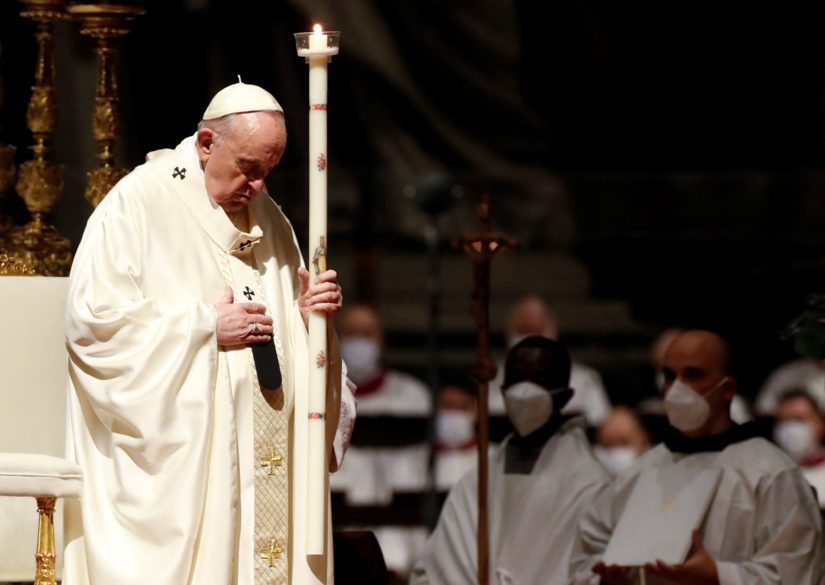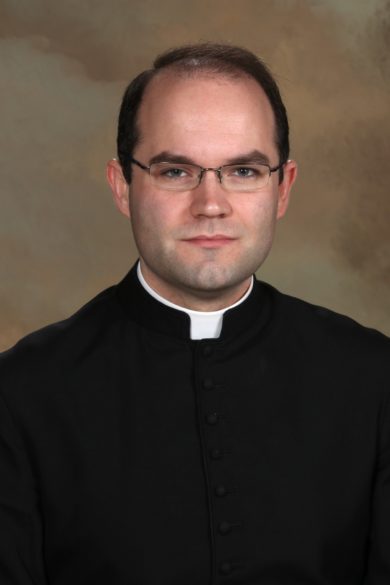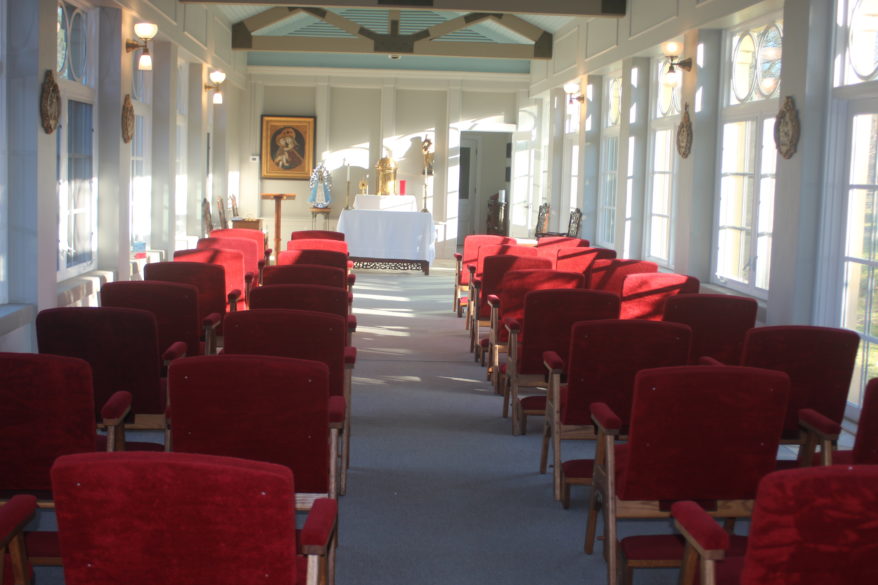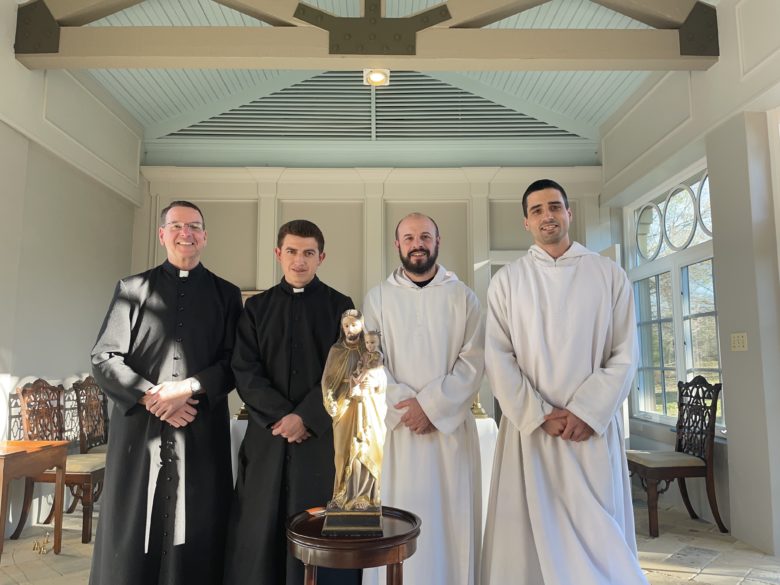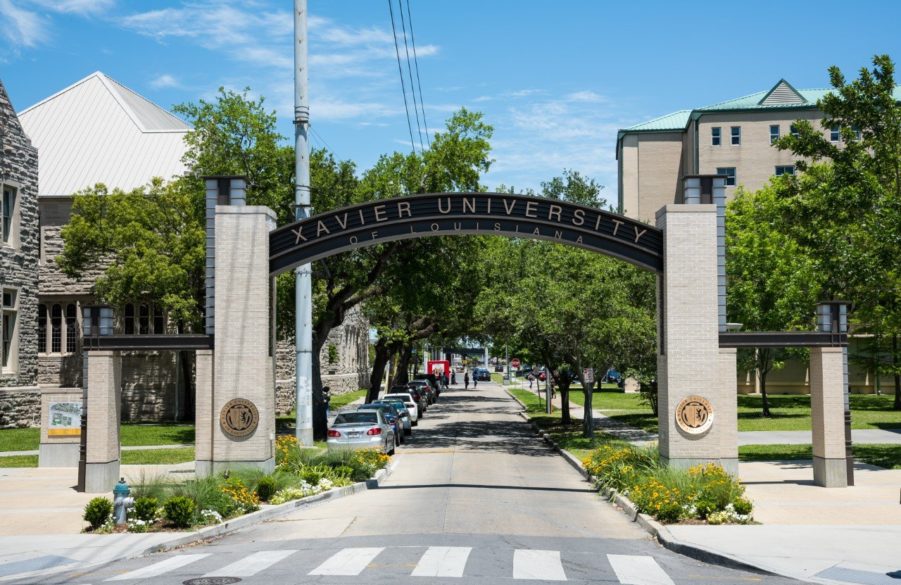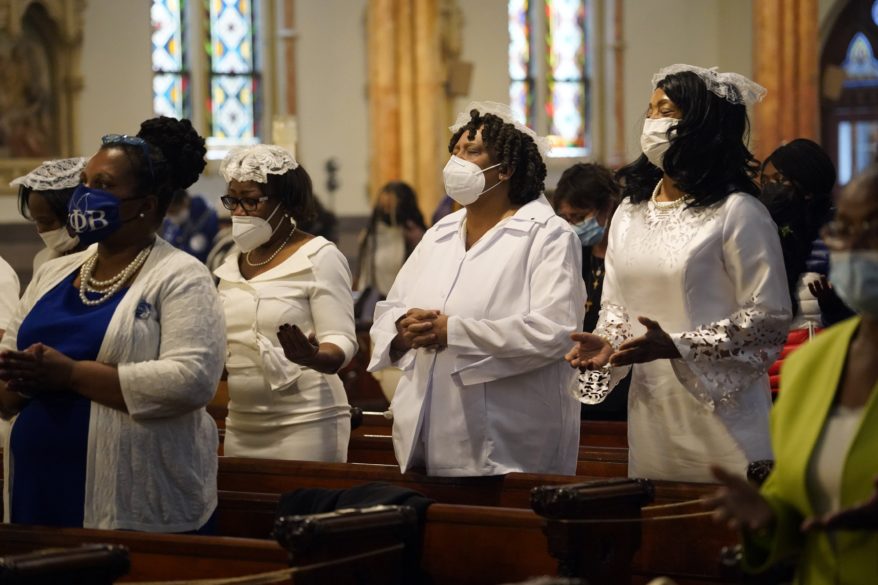By Bishop Joseph R. Kopacz, D.D.
The fire that nearly destroyed Notre Dame Cathedral in Paris seems like a distant memory. In fact, it occurred less than three years ago on April 15, 2019, but we would agree that it has faded from the public’s awareness. This is due in large part to the pandemic which has been burning non-stop for the past two years with its accompanying social and economic upheavals. Yet, the labor of love to restore this world-renowned icon has not lost momentum, although it progresses out of the public view.
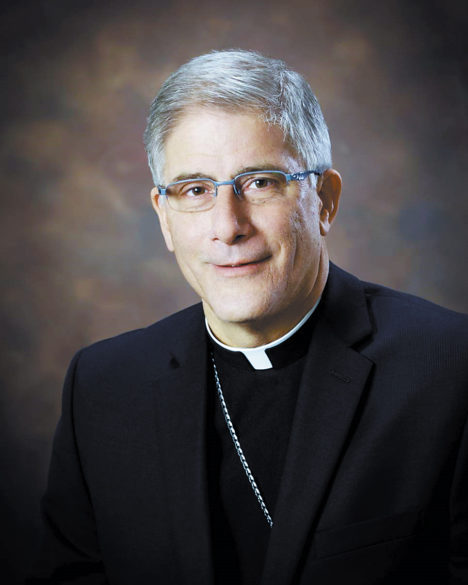
The massive undertaking for the complete restoration of Our Lady’s house of worship is slated for 2024. This anticipated time frame is nothing short of a miracle, and it brings to light the commitment of the French nation, believer and non-believer alike, to restore this priceless national treasure.
Although the practice of the Catholic faith in France and in much of Europe is struggling to emerge out of the ashes of disregard, the flow of pilgrims and tourists to this 800-year-old Medieval masterpiece is robust. Neither the church nor the state wants to face the future in the absence of this transcendent icon of faith and culture. Fortunately, the statues of the 12 Apostles got out of town four days before the fire for their own scheduled restoration. They are providing a good foundation upon which to rebuild.
On that note, Pope Francis, the successor of St. Peter, in collaboration with bishops throughout the world, the successors of the Apostles, is calling for a grass roots effort among the faithful to embrace a process of renewal and restoration in the church through the Synod on Synodality. In recent times, many forces have ravaged the church like a destructive fire and scattered the faithful, including the pandemic, scandals, divisions and a general hostility toward all things religious. Pope Francis hopes that the Synodal process of communion, participation and mission can be a counterweight to the pressures that are tearing at the fabric of the church’s unity and integrity.
The spirit of the Synod has been evident in the major works of Pope Francis since the outset of his papacy. From the Joy of the Gospel to his most recent works, Fratelli Tutti and Let us Dream as the pandemic continued to engulf the world, his heartfelt vision is that fraternity will rise to the level of liberty and equality, creating an authentic solidarity within the church and among the nations of our world in the face of glaring disparity. His hope is that through a world-wide synodal process the Holy Spirit can breathe new life into the church, and in turn the church can be a witness to the world of the good fruit of dialogue, respectful listening and discernment on behalf of the common good.
Experience informs us that this Synodal process of encounter and accompaniment cannot succeed apart from prayer and the Word of God. Otherwise, polarization and politicization will derail the best of intentions, and the divisions within the church and all around her will spoil the moment. Rather, arising from our fundamental identity as the Body of Christ, we have developed a process in the Diocese of Jackson of communion, participation and mission that appeals to our better angels.
Under the gaze of the Holy Spirit seeks to kindle the voice of the faithful in order to better read the signs of the times with the mind and heart of Jesus Christ. We have developed the process in order to maximize the level of participation in our parishes and schools, and in a whole host of organizations and extra-parochial ministries. We hope that there will be much to digest from which will emerge our diocesan 10-page synthesis that eventually will be a stream flowing into a mighty river that will flow all the way to Rome.
If believers and non-believers in admirable fraternity can commit themselves to the full restoration of Notre Dame, a transcendent icon of faith and culture, then it is our hope that the Holy Spirit will guide the people of God in the Diocese of Jackson and throughout the world in the restoration of the church which is the icon and sacrament of salvation.
Mary, Mother of the Church, pray for us!

